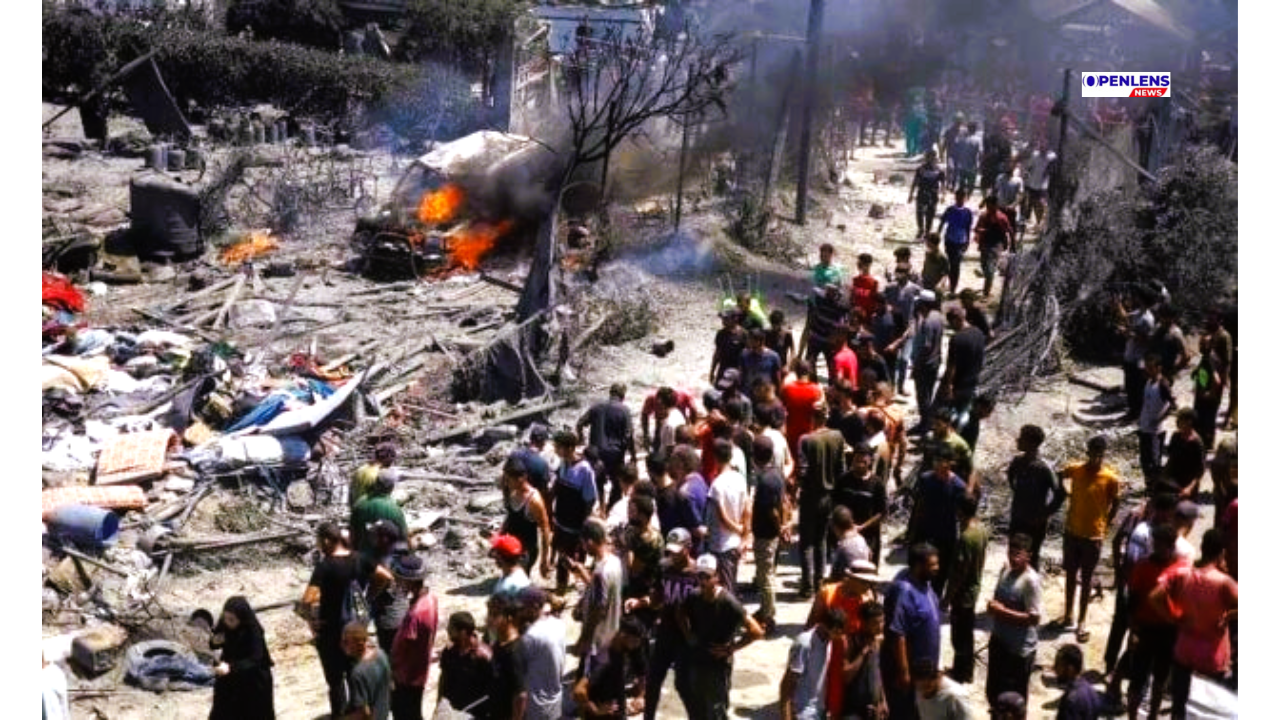What should have been a moment of relief for thousands of hungry Palestinians turned into a deadly confrontation in Khan Younis this week but who is truly responsible? Hamas claims Israeli forces opened fire on civilians at an aid distribution site, killing at least 50 and injuring over 200. The Israeli military has acknowledged firing at a crowd that approached its forces but insists it is still “checking the details.” Was this a tragic mistake in the fog of war or a calculated use of force in a zone meant for humanitarian relief?
Is this incident part of a broader pattern of violence surrounding aid delivery in Gaza? In recent months, aid sites have repeatedly become scenes of bloodshed. Both Hamas and Israel accuse one another of exploiting these locations one for military cover, the other for exerting control over basic survival. Are these aid centers becoming battlegrounds in a propaganda war as much as in the physical conflict?
Can the Israeli Defense Forces justify the use of deadly force near civilians seeking food? The IDF’s admission that troops opened fire after a crowd “neared” them raises serious legal and ethical concerns under international humanitarian law. If a tank, as some witnesses claim, was involved, this would mark a deeply controversial escalation. Was the force used proportionate, or does it reveal an increasingly aggressive approach to crowd control in humanitarian zones?
Should Hamas be held accountable for potentially placing civilians in harm’s way? Israel has long accused the group of using civilians as human shields and embedding militants among aid seekers a charge Hamas denies. But in an environment where combatants and non-combatants are deliberately indistinct, can humanitarian protections truly be upheld?
Is international aid being manipulated for strategic ends? With US- and Israeli-backed aid trucks at the center of these deadly encounters, questions are growing about the politicization of relief operations. Can aid remain neutral and effective in a conflict where both sides appear willing to weaponize desperation?
Ultimately, is the international community prepared to confront the systemic failures this incident exposes? As Gaza’s humanitarian crisis deepens, there are calls for independent investigations, international oversight, and possibly even a rethink of aid logistics entirely. But amid escalating violence and entrenched distrust, is anyone willing or able to take responsibility before the next tragedy unfolds?



